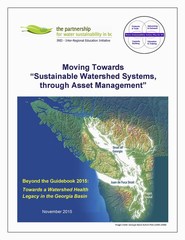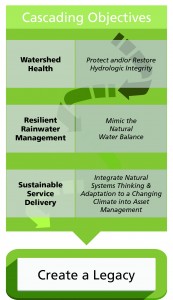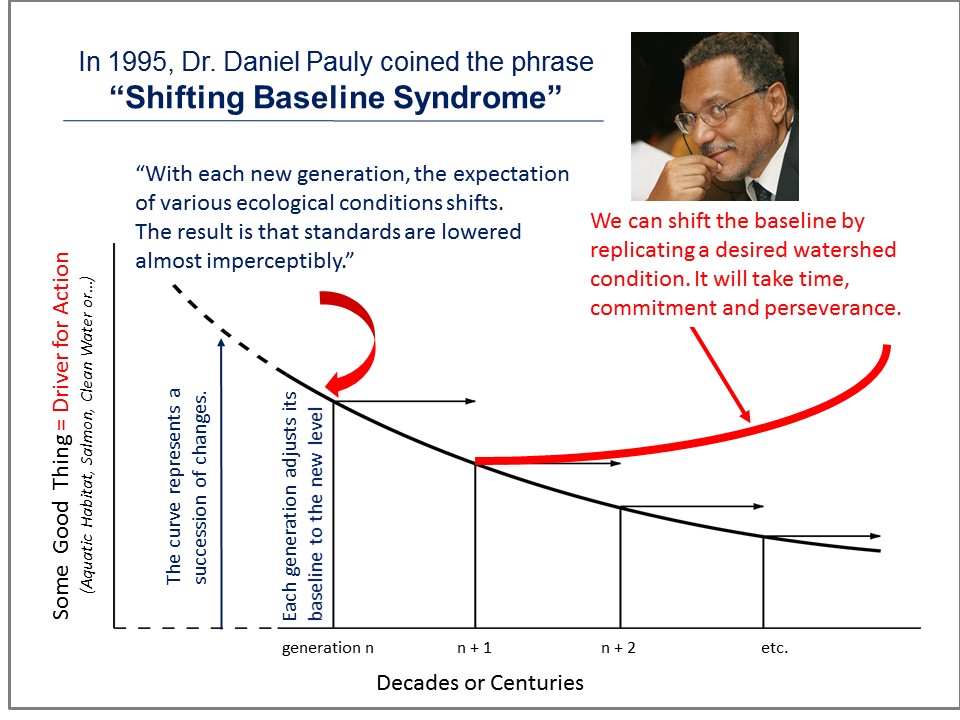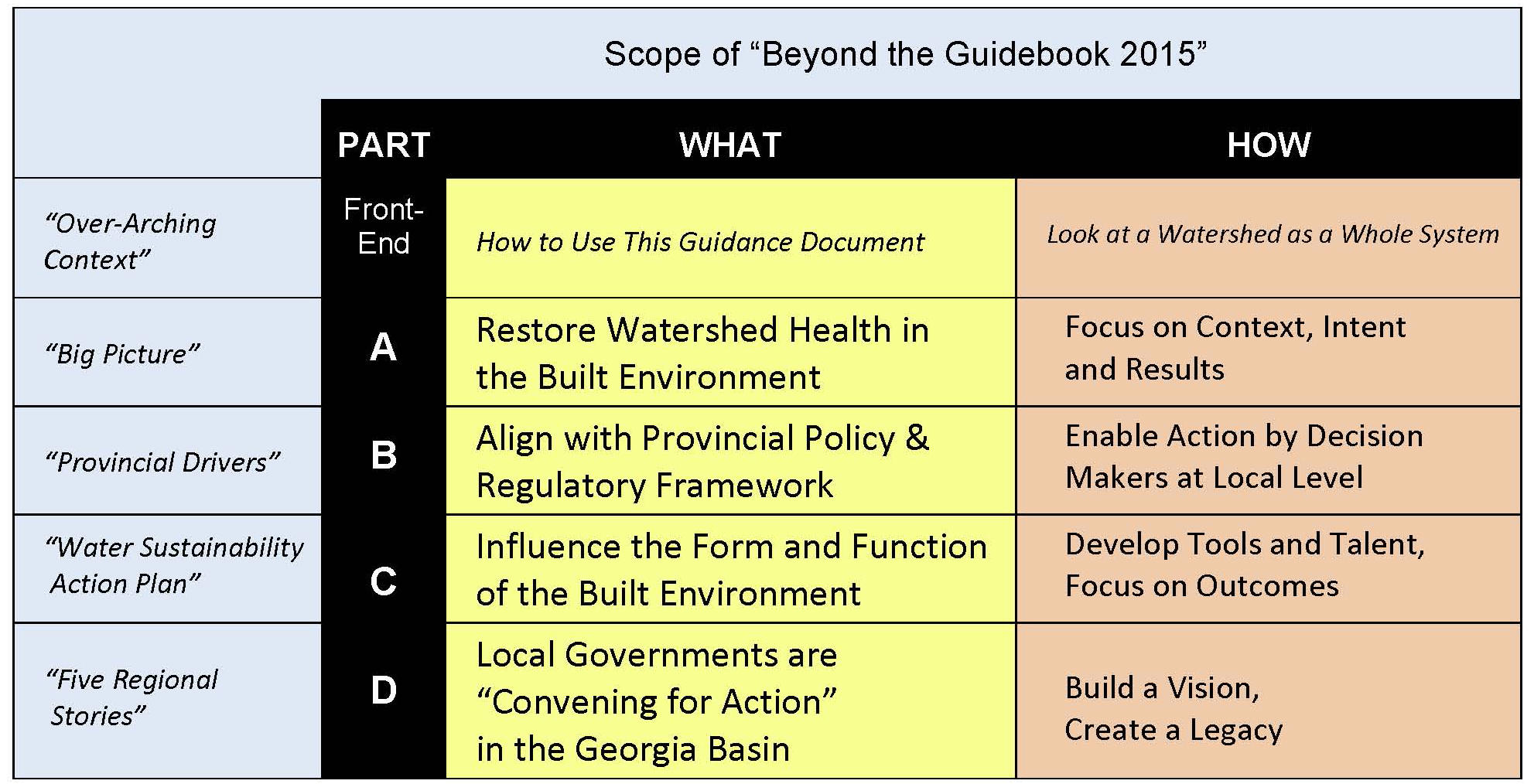Beyond the Guidebook 2015: “This is a true gift to everyone, individually and writ large,” says Erik Karlsen
Note to Reader:
Five Regional Districts representing 75% of BC’s population are partners in the Georgia Basin Inter-Regional Educational Initiative (IREI). A program deliverable is Beyond the Guidebook 2015, released in November 2015.
Sustainable Watershed Systems, through Asset Management
 Beyond the Guidebook 2015 is the third in a series of guidance documents that build on Stormwater Planning: A Guidebook for British Columbia, released by the Province in 2002. By applying theWater Balance Methodology, the Guidebook vision is that community development activities and further alteration of the built environment would result in cumulative benefits, not impacts.
Beyond the Guidebook 2015 is the third in a series of guidance documents that build on Stormwater Planning: A Guidebook for British Columbia, released by the Province in 2002. By applying theWater Balance Methodology, the Guidebook vision is that community development activities and further alteration of the built environment would result in cumulative benefits, not impacts.
The Guidebook is the provincial foundation for the rainwater component of Liquid Waste Management Plans, a regulatory tool. It is complemented by the ‘Beyond the Guidebook Report Series’, the ‘Beyond the Guidebook Primer Series’ and the ‘Watershed Case Profile Series’.
Cascading Objectives
Structured in four parts, ‘Beyond the Guidebook 2015’ is a progress report on how local governments on the east coast of Vancouver Island and in the Lower Mainland are ‘learning by doing’ to implement affordable and effective science-based practices to achieve:
- Watershed Health: Protect and/or restore hydrologic integrity
- Resilient Rainwater Management: Mimic the natural water balance
- Sustainable Service Delivery: Integrate natural systems thinking and adaptation to a changing climate into asset management
 ‘Beyond the Guidebook 2015’ introduces Dr. Daniel Pauly’sShifting Baseline Syndrometo explain why communities unwittingly accept incremental and cumulative environmental degradation. It then adapts this thinking to focus on how communities can turn the clock back to replicate desired conditions. This outcome would be achievable through an approach that is being branded as Sustainable Watershed Systems, through Asset Management.
‘Beyond the Guidebook 2015’ introduces Dr. Daniel Pauly’sShifting Baseline Syndrometo explain why communities unwittingly accept incremental and cumulative environmental degradation. It then adapts this thinking to focus on how communities can turn the clock back to replicate desired conditions. This outcome would be achievable through an approach that is being branded as Sustainable Watershed Systems, through Asset Management.
A unifying theme is that, by designing with nature in going forward, it is possible to turn the clock back. This is known asrestorative development. It will take time, patience and perseverance to influence the form and function of the Built Environment, replicate a desired watershed condition, and shift the ecological baseline upwards.
A Perspective on Those Leading Change
“This is superlative work (that word combines all of the other adjectives I could use). It records so much in visual and conversational ways that everyone who reads it will see how changes are informed and guided towards collaborative action to achieve real results,” says Erik Karlsen. He is a former Chair (2005-2010) of the Agricultural Land Commission. Prior to serving in this role, he was a former Director  of Special Projects with the BC Ministry of Municipal Affairs.
of Special Projects with the BC Ministry of Municipal Affairs.
You have connected the dots enabling those who were part of the stories to see how they have contributed in so many meaningful ways for themselves and their communities of place and practice. This is a true gift to everyone, individually and writ large.”
To Learn More:
To download a copy of Beyond the Guidebook 2015, click on this link: https://waterbucket.ca/viw/files/2015/11/Beyond-Guidebook-2015_final_Nov.pdf



